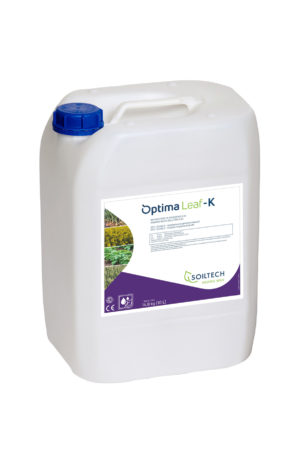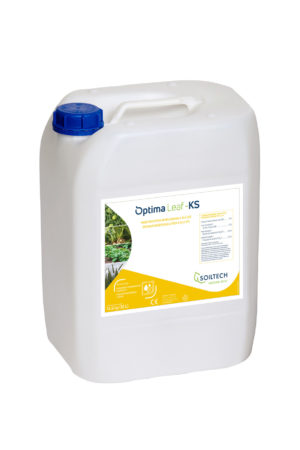In pea cultivation, a number of planting processes play a crucial role that determines soil yield and grading. These processes can positively influence a grower by providing the right fertilisers and biostimulants at the right time.
The products below are options for use in pea cultivation. Discuss with your advisor what is the best application for you.
Select a stage for more information
Stage 1
Culture preparation
Stage 1
Culture preparation
Soiltech has no products for this stage.
Stage 2
Kieming en opkomst
Stage 2
Kieming en opkomst
Soiltech has no products for this stage.
Stage 3
Leaf development
Stage 3
Leaf development
Soiltech has no products for this stage.
Stage 4
Flowering
Stage 4
Flowering
Possible products:
| Optima Leaf-K | 1-3 applications of 2 - 5 L/ha from flowering |
| Optima Leaf-KS | 1-3 applications of 2 - 5 L/ha from flowering |
Relevant products
Stage 5
Before harvesting
Stage 5
Before harvesting
Possible products:
| Optima Leaf-K | 1-3 applications of 2 - 5 L/ha from flowering |
| Optima Leaf-KS | 1-3 applications of 2 - 5 L/ha from flowering |



